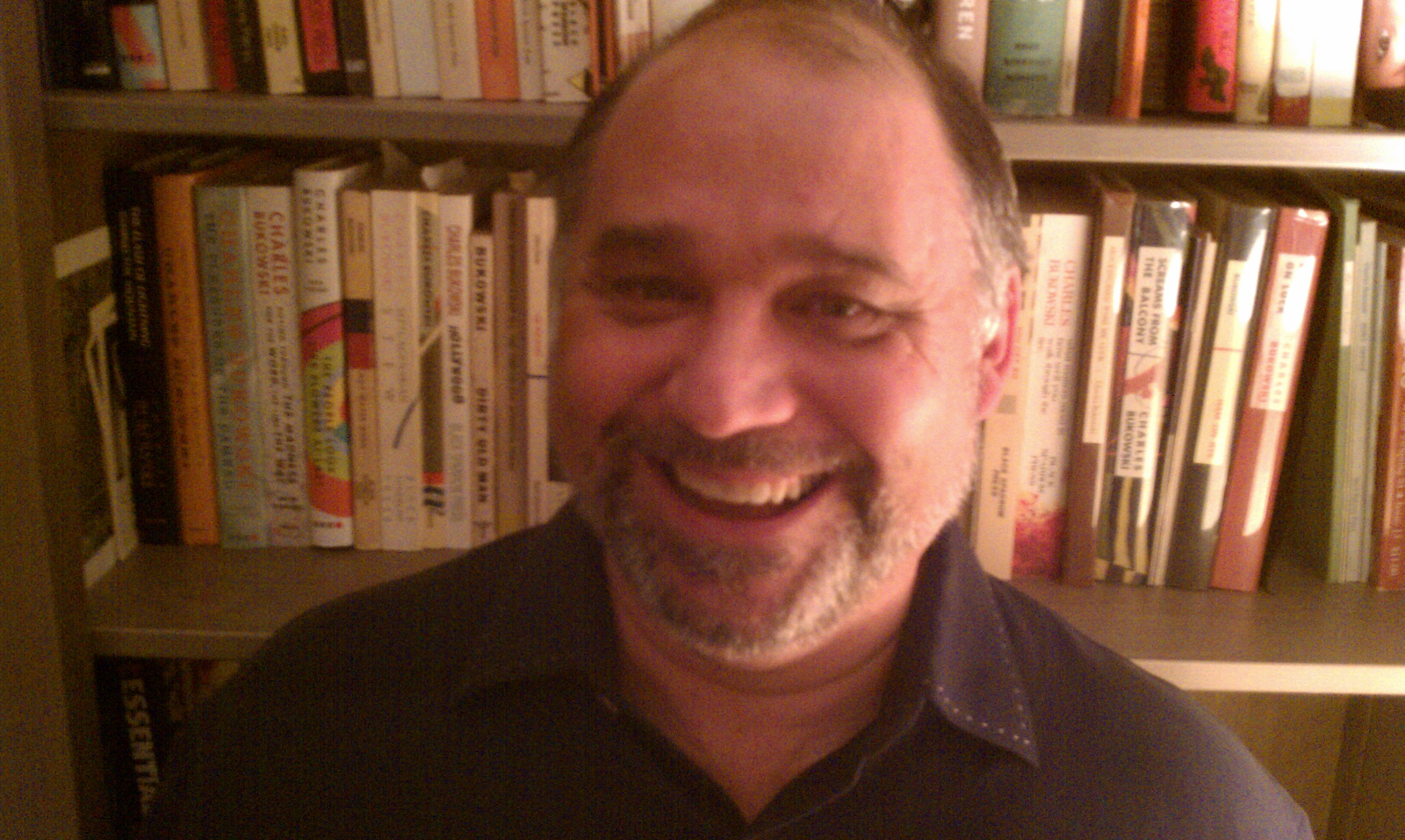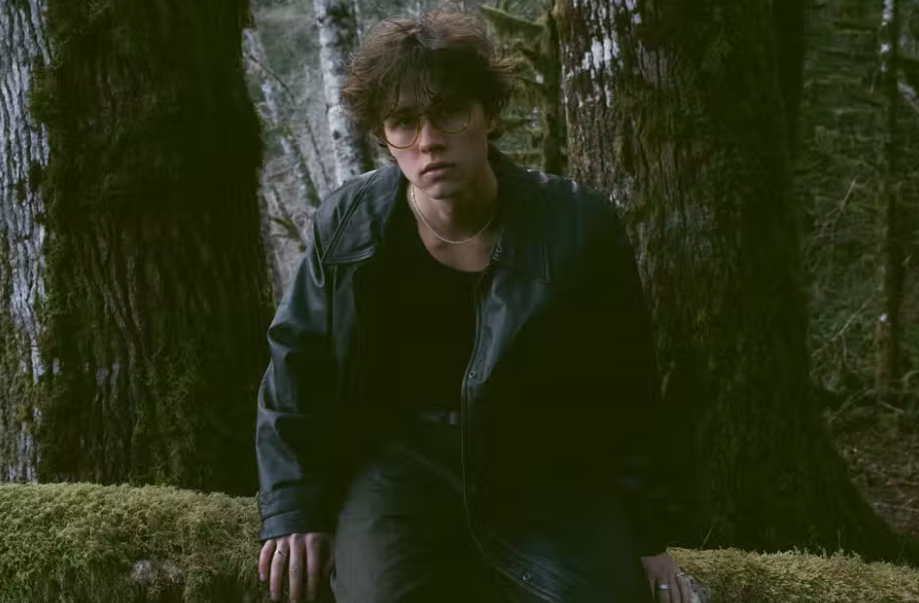Hostile Terrain Exhibit Reopens with Spirit Dance
On a night that honored those who have perished seeking a better life, it seemed that their spirits were present. Linn-Benton’s Hostile Terrain exhibit reopened to students and faculty in a ceremony that included a moving information session and a native dancing ceremony in the January night.
Professors Anne Magratten and Lauren Visconti opened the ceremony by welcoming guests to Room 103 of Linn-Benton’s Calapooia Center in a room with four long tables housing about 20 people. The guests found themselves surrounded by large projector screens on three sides of the room and about a dozen additional people sat along the walls in chairs provided by the faculty.
After this, Visconti introduced the guest speaker, Perla Torres. Torres is the Colibri Family Network's director. She immigrated to the United States in 1999 with her family and studied at the University of Arizona, focusing on immigration law reforms and justice for migrants as a psychology and pre-law major. Torres also works as a case manager for the Office of Refugee Resettlement and Children's specialist for the Border Protection team. Torres joined the project to bring awareness to the plight of migrants who try to seek a better life by crossing the border.
After Torres introduced herself, her face filled all three screens, the visitors began to hear the information session. Included in the presentation were a description of the Mexico-United States border and description of the areas that migrants tend to attempt to cross. Graphics detailing the various agencies which document deaths along the border noted more than 4,000 lives lost over the previous four decades.
“We can see here,” the guest speaker said, “that dozens if not hundreds of people perish every year trying to cross the Mexico-United States border, and tear apart families and communities.”
Visconti and Magratten then took a moment to inform the audience about the powerful next segment of the presentation, about individual stories of persons who disappeared along the border. The screens played a video about families discussing the pain and tragedy of losing their loved ones in the perilous trek across the Sonoran Desert. The audience sat in a respectful silence while hearing their stories. After the video concluded the speaker shared information about international agencies that seek to assist migrants and families who lose their loved ones.
Following the moving stories, the professors instructed the attendees to move to the actual exhibit, composed of a 5-foot by 10-foot map of the Mexico-United States border. Thousands of orange and tan tags with the names of individuals whose bodies were recovered lined the wall, stretching several hundred miles into the United States, some as far north as Nevada.
Visconti said about the tags “these tags are a powerful symbol of the risks that people are willing to take to make a better life for themselves and their families, and we all can do more to make the immigration process far less deadly, while helping to improve lives on both sides of the border.
Magratten and Visconti spoke to the audience about their involvement in the project and how it was formed, this being about Visconti finding the work of academic Jason De Léon. The professors recounted the three years involved in completing the project in addition to the hundreds of hours put into filling out the tags and placing them along the wall. Teosorro Malendez, a student and contributor to the project, shared his personal experience in helping to bring the wall to life.
Following this, Professor Magratten introduced the native dancers. The dancers emerged in the from the darkness of the night and into the exhibit space adorned in traditional Aztec garb. The dancers included professors, their families, and visitors to the Linn-Benton campus. They wore dozens of shells on their ankles and began the dance with a shell horn that could be heard across the solemn night. Forming an oval across from the wall, the dancers took turns beating a three-foot drum that reverberated in the chests of the audience. After 20 minutes of dancing, chanting, hymns, and worship, the dance concluded, leaving one to wonder if the spirits of the dead were in attendance as well.
The dancers gave a short speech about the meaning of the project. Professor Visconti concluded the ceremony with a description of the Hostile Terrain project’s scope across the United States, where it is found on dozens of campuses, and her feelings about what it accomplishes:
“I really hope that attendees are motivated to make a difference in the lives of migrants and make the immigration process a less deadly experience. I hope that we can all gain from other cultures and bring awareness to the struggles that people seeking to find a better life face."
At-a-Glance
What: The Linn-Benton Hostile Terrain Exhibit
Where: Calapooia Gallery on the Albany Campus of Linn-Benton Community College. 6500 Pacific Blvd. SW
Hours: 7 a.m. to 9 p.m.
Website: www.undocumentedmigrationproject.org/hostileterrain94
.jpg)


Comments
Post a Comment